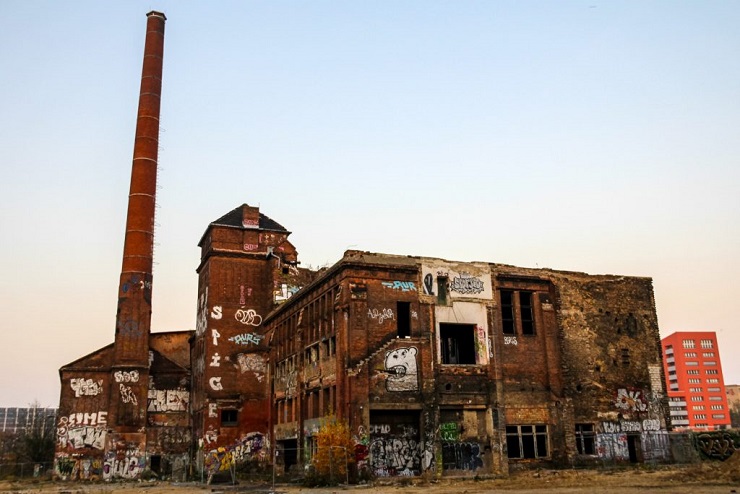
(Natural News) The collapse of California-based Silicon Valley Bank (SVB) sent investors scrambling toward bonds and gold to keep their assets safe.
SVB failed on March 10 after a bank run depleted its funds. The California Department of Financial Protection and Innovation subsequently seized the bank and put it under the receivership of the Federal Deposit Insurance Corporation (FDIC). Three days later, on March 13, the FDIC-administered successor of the failed bank began operations.
On the same day, investors flocked to U.S. Treasury securities and gold – two assets traditionally considered safe havens during periods of economic collapse. Bond yields incidentally fell, while gold prices spiked.
The benchmark 10-year Treasury yield fell nearly 20 basis points to 3.50 percent, the lowest level since Feb. 3. Meanwhile, the yield on the two-year Treasury fell by more than 40 basis points to 4.16 percent, also the lowest in more than five weeks.
Gold prices hit their highest mark since early February at $1,893.96. U.S. gold futures also saw a 1.2 percent climb to $1,889.
“Angst about what might be ‘the next shoe to fall’ spread through the markets like wildfire,” said Oppenheimer Asset Management Chief Investment Strategist John Stoltzfus. “We continue to believe that while we are not yet out of the woods.”
SVB’s collapse marked the second-largest U.S. banking failure of all time; the 2008 collapse of Washington Mutual was the biggest.
Fed, Treasury Department bailing out SVB with “no bailouts”
The FDIC, Federal Reserve and the Department of the Treasury addressed SVB’s failure in a March 12 joint statement. They assured Americans that the deposits of everyone affected will be covered – not just those $250,000 and smaller. (Related: Silicon Valley Bank collapse biggest since Great Recession as FDIC promises to cover ALL deposits, not just first $250K (UPDATED).)
“After receiving a recommendation for the boards of the FDIC and the Federal Reserve and consulting with the president, [Treasury Secretary Janet] Yellen approved actions enabling the FDIC to complete its resolution of [SVB] … in a manner that fully protects all depositors,” the statement said.
“Depositors will have access to all of their money starting March 13. No losses associated with the resolution of [SVB] will be borne by the taxpayer.”
The statement also mentioned that a similar scheme would apply to Signature Bank, which had been ordered closed by the New York State Department of Financial Services on March 12.
“All depositors of this institution will be made whole. As with the resolution of [SVB], no losses will be borne by the taxpayer,” the joint statement assured.
Health Ranger Mike Adams begged to differ, however. In a March 13 post on Natural News, he warned that FDIC’s move to insure everyone’s deposits will only bring the U.S. closer to economic collapse.
“Normally, the FDIC covers only $250,000 in deposits per person or institution. The problem is that [it] only had slightly over $100 billion in funds to carry this out, yet the total bank deposits held across America are approaching $10 trillion.”
In effect, Adams stated that the FDIC can only cover about one percent of bank deposits in America. To address this, the Treasury Department and the Federal Reserve would have to print more and more money to prop up the FDIC-controlled banks that insured people’s deposits.
“This is going to dilute the value of dollars and cause huge inflation increases across all the products you normally buy – such as groceries, housing, clothing, fuel and so on. All this printed money is created as debt on the shoulders of U.S. taxpayers,” remarked the Natural News and Brighteon.com founder.
Collapse.news has more stories about the failure of SVB.
Listen to the full March 13 edition of Health Ranger Mike Adams’ “Situation Update” where he touches on the “no-bailout” bailout for SVB below.
This video is from the Health Ranger Report channel on Brighteon.com.
More related stories:
Silicon Valley Bank crisis: The liquidity crunch we predicted has now begun.
Latest bank to collapse is same one that closed Trump’s accounts after Jan 6th.
Sources include:
Related posts:
Views: 0
 RSS Feed
RSS Feed

















 March 15th, 2023
March 15th, 2023  Awake Goy
Awake Goy 




 Posted in
Posted in  Tags:
Tags: 
















